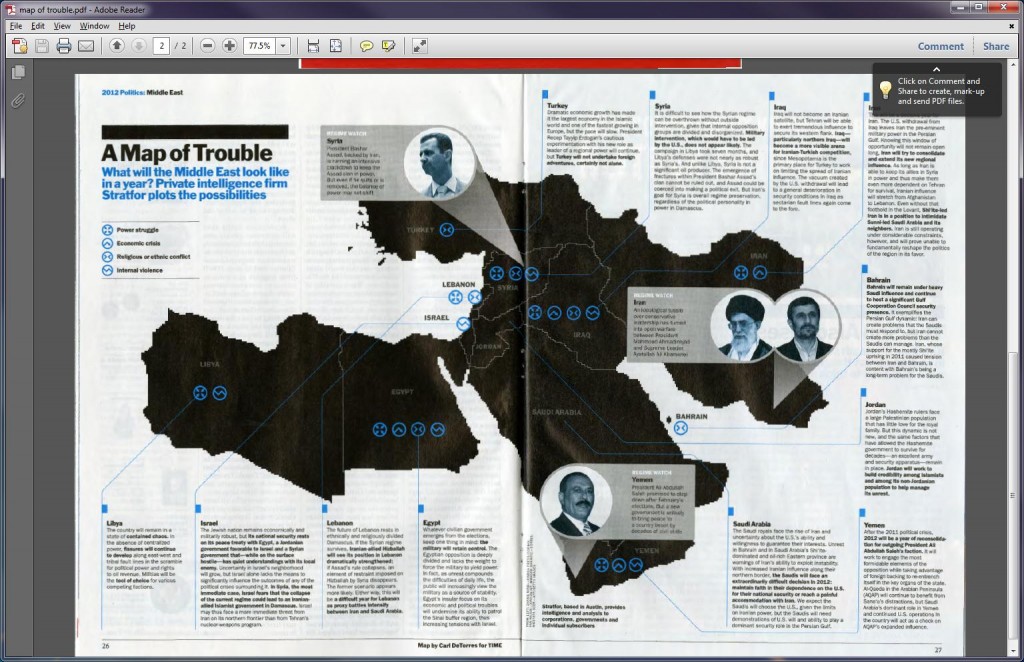Geography and Health Care
Geography and health care are becoming increasingly related, and in a way that can save lives and promote healthy communities. The relationship between geography and medicine dates back to the 1850s, when Dr. John Snow used cartography to map the outbreak of cholera in London and track the source, a water pump. Today, health care professionals have teamed up with spatial analysts in order to tackle a variety of problems in health care, and in much more advanced fashion than Dr. Snow’s work.
GIS is used in health care on many scales.
GIS can be used in a hospital, such as Loma Linda University Medical Center, where ArcGIS is used to monitor patients’ locations and information throughout their stay. The system tracks patients and their information when they check in, any time they are moved, and when they are discharged. This allows physicians and nurses to stay updated in real time on their patient’s status, which reduces administration costs and makes the process more efficient and accurate.
Jewish Hospital HealthCare Services uses ArcGIS in order to aid employers in helping their injured employees through locating specialized rehabilitation locations close to work. ArcGIS is used to map locations of patients’ homes and workplaces and locate the nearest rehabilitation location, which informs patients of the closest clinic to work. Using GIS, they found that many were not attending the closest because they were unaware that there was a more convenient location.
GIS can also be used to find where there is a need for new clinics. This is done by mapping the location of existing clinics in addition to mapping health statistics and demographics for a county, such as the percentage of the population that is in poverty, the percentage of high school graduates, the percentage of adults with high blood pressure, and the percentage of uninsured adults. This reveals where there is a need for new clinics.
Another phenomenon that has become popular due to Atul Gawande’s New Yorker article is known as hot spotting. This idea was started by Dr. Jeffery Brenner in Camden, New Jersey. He got access to three hospitals’ billing records and created maps of where crime victims lived and where ambulances picked up patients. He discovered that one apartment building had more patients sent to the ER than any other, which was a low-income housing unit. He took this information he learned from mapping high incidents of ER visits in order to start The Camden Coalition, which focuses on giving extra care to the most expensive patients in order to ensure that they stay out of the ER.
Finally, the Dartmouth Atlas has made discoveries that have become popular in health care reform. This project maps variations in health resources and statistics across the United States. They have revealed that there are places that vastly overspend on patients when it is unnecessary, and this greater utilization of care doesn’t yield greater results.
These are just a few examples of how geography is becoming increasingly important in the field of health care. ArcGIS provides advanced technology that helps health providers and policy makers examine health care from a new dimension, giving them greater insight into providing better care.
As a political science major and geography minor, I have combined my interests in geography and health policy through the creation of an independent study called “Mapping Medicine,” where I wrote a research paper on the spatial variation of health care spending across the United States, specifically focusing on Virginia (see sample maps above and below). I am currently doing an independent study in Geography where I am mapping health statistics in the Middle East. I am a member of Pi Beta Phi and a Spatial Analysis Lab Intern. I will be graduating in May and will move to Washington D.C. this summer to begin working.





